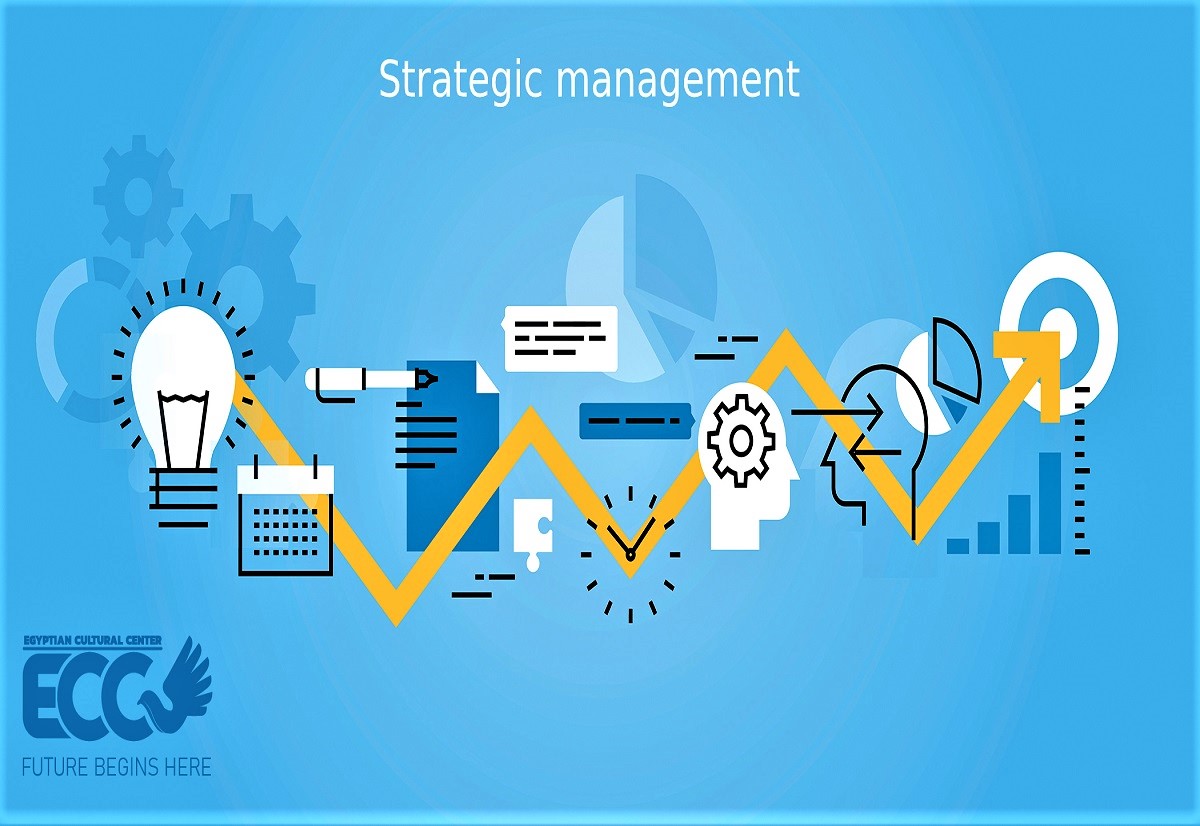Strategic management we must define as the process permanently oriented towards the construction, implementation, and monitoring of a strategy to guarantee the survival and development of the company in the long term.
strategic management is long-term oriented and focused on the factors and conditions that affect the company and that come from both outside and inside.
Therefore, it is long-term oriented and focused on the factors and conditions that affect the company and that come from both outside and inside.
The environment (macro and microenvironment), as a system of external factors, is a system of external conditions, while the company’s potential constitutes a system of internal conditions, the fulfillment of which is necessary for the success of the strategic management process in the company.
To know these conditions, a strategic diagnosis (called strategic analysis in the specialized literature) must be carried out using certain tools of strategic management,
The model, or better said, the strategic management process is divided into 4stages:
- stage I – determination of the vision, mission, values, and strategic objectives
- stage II – the strategic analysis
- stage III – the construction, implementation, and monitoring of the strategy
- stage IV – strategic control.
What are the objectives of Strategic Management?
Strategic management seeks to manage the actions and objectives previously defined in strategic planning. Always taking into account the environments that involve the organization, keeping the work aligned with the strategic objectives.
Everything that strategy implies is extremely important for a company because it is what guides it towards success.
Strategic management is the one that covers everything related to the strategy and the way in which the strategy must be implemented.
What is Strategic Planning and what is it for?
Any organization is looking to be successful. For this reason, it is essential to trace a clear path that allows for achieving the planned goals.
However, tracing this path does not only mean establishing the point to which you want to reach, but it also implies asking what the steps will be to reach that goal. This is precisely what the Strategic Planning of an organization consists of.
WHAT IS STRATEGIC PLANNING?
Strategic Planning is a management tool that allows you to establish the task and the path that organizations must follow to achieve the planned goals, taking into account the changes and demands imposed by their environment.
Thus, Strategic Planning is an exercise in formulating and establishing objectives and, especially, in the action plans that will lead to achieving these objectives.
STRATEGIC PLANNING IS NOT
Strategic Planning is not a forecasting or forecasting tool for trends or events that will happen in your organization. Although it is true that to prepare strategic planning, financial, production forecasts, etc. are usually taken into account.
Strategic Planning not only involves future decisions but also current and daily decision making that affect the future.
Strategic Planning does not eliminate risks, it only identifies them and provides tools for better decision making in each case.
WHY DO STRATEGIC PLANNING?
Because Strategic Planning provides a real framework for both leaders and members of the organization to understand and evaluate the situation of the organization.
This helps align the team so that they use a common language based on the same information, which will help emerge useful and valuable alternatives for the organization.
The strategic plan of an organization establishes the tasks of each member, which guarantees that the actions of each one is directed towards the fulfillment of future goals.
BENEFITS OF STRATEGIC MANAGEMENT AND PLANNING
- Allow your organization to act proactively and not reactively
- Give the whole team a sense of direction
- Increase profitability and market share of the business
- Increase business longevity
- Increase job satisfaction by giving meaning and purpose
- Establish differentiation and avoid competitive convergence
- Let’s make better decisions
- Increase operational efficiency
- Identify and set priorities for the organization.
- Establish a structure to coordinate and control activities.
- Reduces adverse effects and changes.
- Allows all decisions to be aligned with objectives.
- Reduces the time and resources invested in correcting wrong decisions.
- Facilitates the distribution of time and resources.
- It fosters better communication between team members.
- It provides a basis for establishing individual responsibilities.
- It offers an operational method of dealing with problems and opportunities.
- Promote a good attitude towards change.
- It provides a high degree of discipline in the direction of the organization.






Leave A Comment